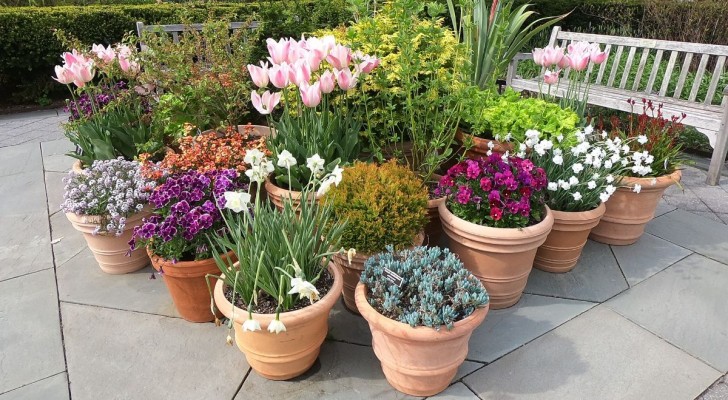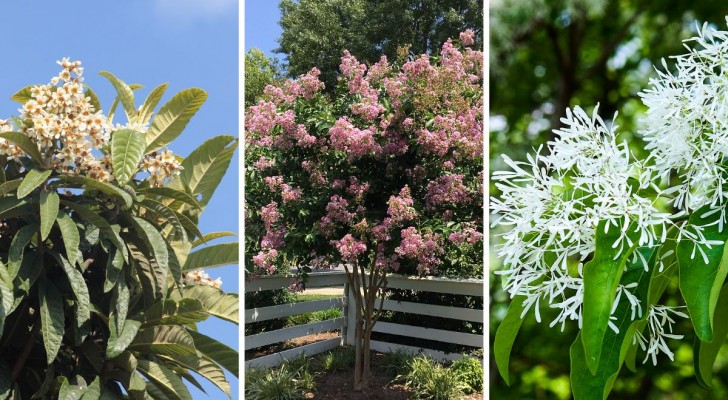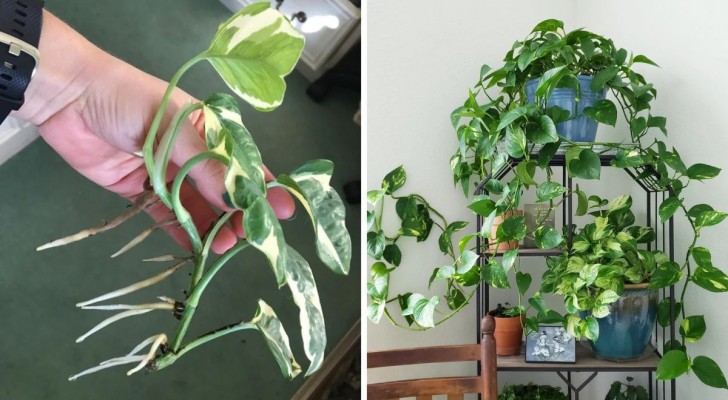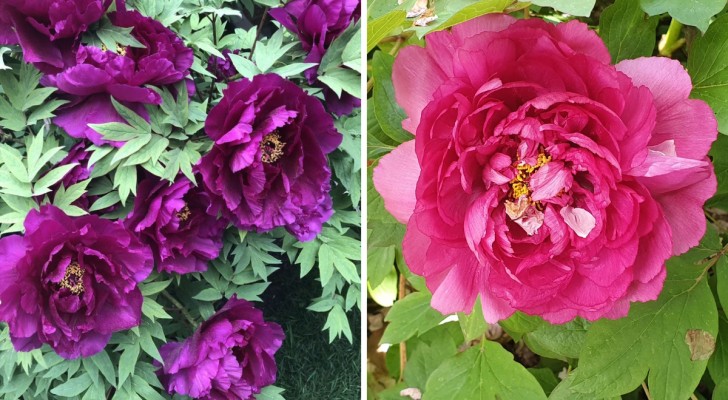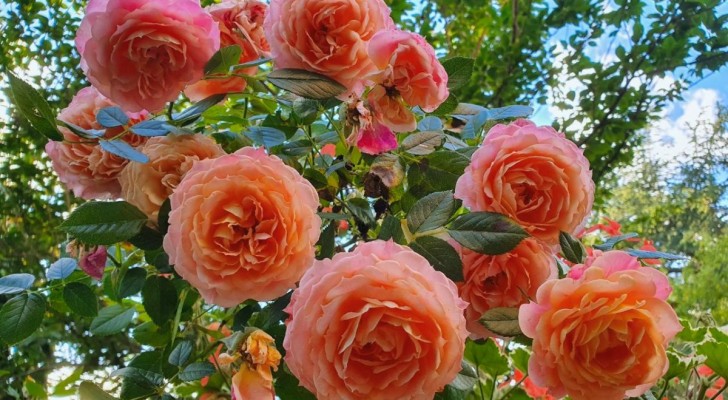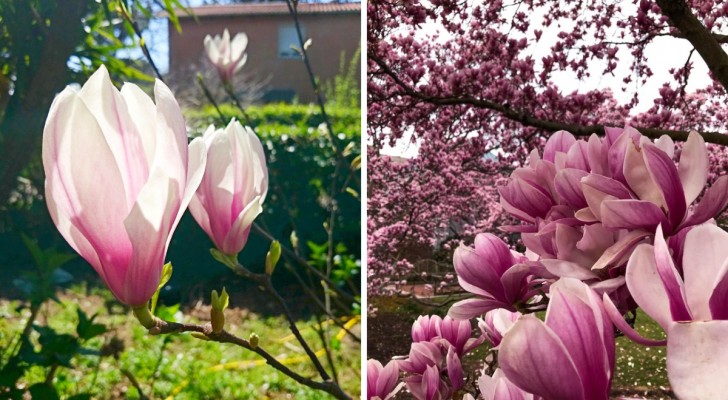Succulents that look like sculptures: discover the varieties with the most incredible shapes!
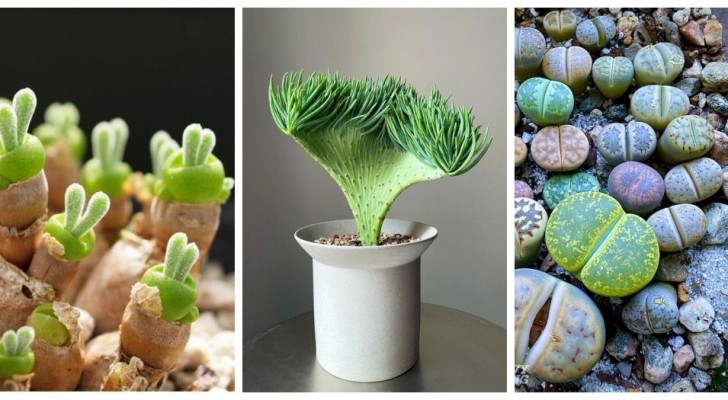
Without doubt, plants are an extraordinary kingdom on our planet, and it is not easy to fathom or fully appreciate the thousands of shapes and colors in which they can present themselves: and this is especially true in the world of succulent plants. This plant species comes in all shapes and sizes and some are so unusual, it is difficult to believe they are real.
There are succulent plants with leaves that look like dolphins or rabbit ears; others have the shape of a mermaid diving into the sea and more. Below, you will discover some plants that have absolutely fascinating shapes that you could maybe add to your collection (or start one).
Fishtail cactus (Epiphyllum anguliger)
This is a very strange plant: it is considered a cactus even if it doesn't look like it (it has no thorns whatsoever), and in nature, it is an epiphytic plant, which grows on trees (like orchids). As a young plant, it grows with the herringbone shaped leaves upright but they slowly take on a drooping posture. It also has beautiful flowers. It loves very humid environments (the opposite of regular cacti) and shadowed, filtered light.
Crested myrtillocactus geometrizans
This plant (also know as the Crested Blue Candle Cactus), like the previous example (the fishtail cactus), comes from Mexico but unlike the fishtail, this plant is typical of desert environments. In nature it reaches up to 4 meters in height, but growing it at home does not lend it to reaching equally large dimensions: in the best cases, it grows to about one and a half meters in height and rarely produces any flowers.
Its beauty, however, lies in its sculpted form, which seems to have been shaped by the wind or the current of the sea.
String of Dolphins (Senecio Peregrinus)
Each leaf looks like a dolphin jumping in the waves! This cactus can grow up to 90 centimeters long with drooping branches, but does not exceed 15 centimeters in height. With its growth pattern, it is perfect for hanging baskets or placed in pots on some windowsill, shelf or balustrade, so that the foliage can then grow freely downwards. Remember to choose a bright spot, but where the plant is not exposed to direct sunlight for too long.
Mermaid's tail (Crested Senecio Vitalis)
This plant comes from the southern tip of Africa (South Africa) and is a truly beautiful plant, reaching a maximum of 60 cm in height, but can spread out to 90-150 cm. Its shape, and its green color with bluish shades makes it look like the tail of a mermaid diving into the water. It also grows in the winter and hibernate in the summer.
It needs cactus and succulent-specific soil, and prefers exposures with a sunny or slightly shady disposition.
Bunny ear succulent (Monilaria obconica)
Rabbits that sprout from the ground with their ears erect: this is the appearance of the leaves of Monilaria Obconica succulent (this South African plant is also commonly known as the Bunny Ears succulent). Even when they reach maturity, the velvety leaves continue to remind us of cute little bunnies, which is why this is one of the plants that have become hugely popular in Japan.
It is a thornless succulent that grows in dry areas and needs very little care: place in bright spot and it needs very little watering. If you are lucky, you will also see its beautiful white flowers resembling small daisies!
Living stones (Lithops)
Also known as "Living stones", these desert plants need very little water, but must be grown in environments that do not drop below 15 °C (and the ideal temperatures ranges between 17 and 23 degrees C). They should be placed where they are exposured to full sunlight for at least 5 hours a day. The most beautiful way to display them is in bowls where they can be surrounded by pebbles and grit, so as to camouflage them.
Have you ever cultivated any these succulents?
